
Enhancing Logistics and Supply Chain Efficiency with Generative AI in Reports and Analytics
In the fast-paced world of logistics and supply chain operations, every minute counts. From managing fleets to tracking orders and optimizing routes, the efficiency of these processes directly impacts the bottom line. In recent years, the integration of Generative AI in reports and analytics has emerged as a game-changer. It offers an innovative solution to streamline operations and enhance overall efficiency.
According to Gartner, 50% of supply chain business operations will be powered by AI-based software with progressive analytics features.
How is Generative AI in reports and analytics a gold mine for improving operational efficiency?
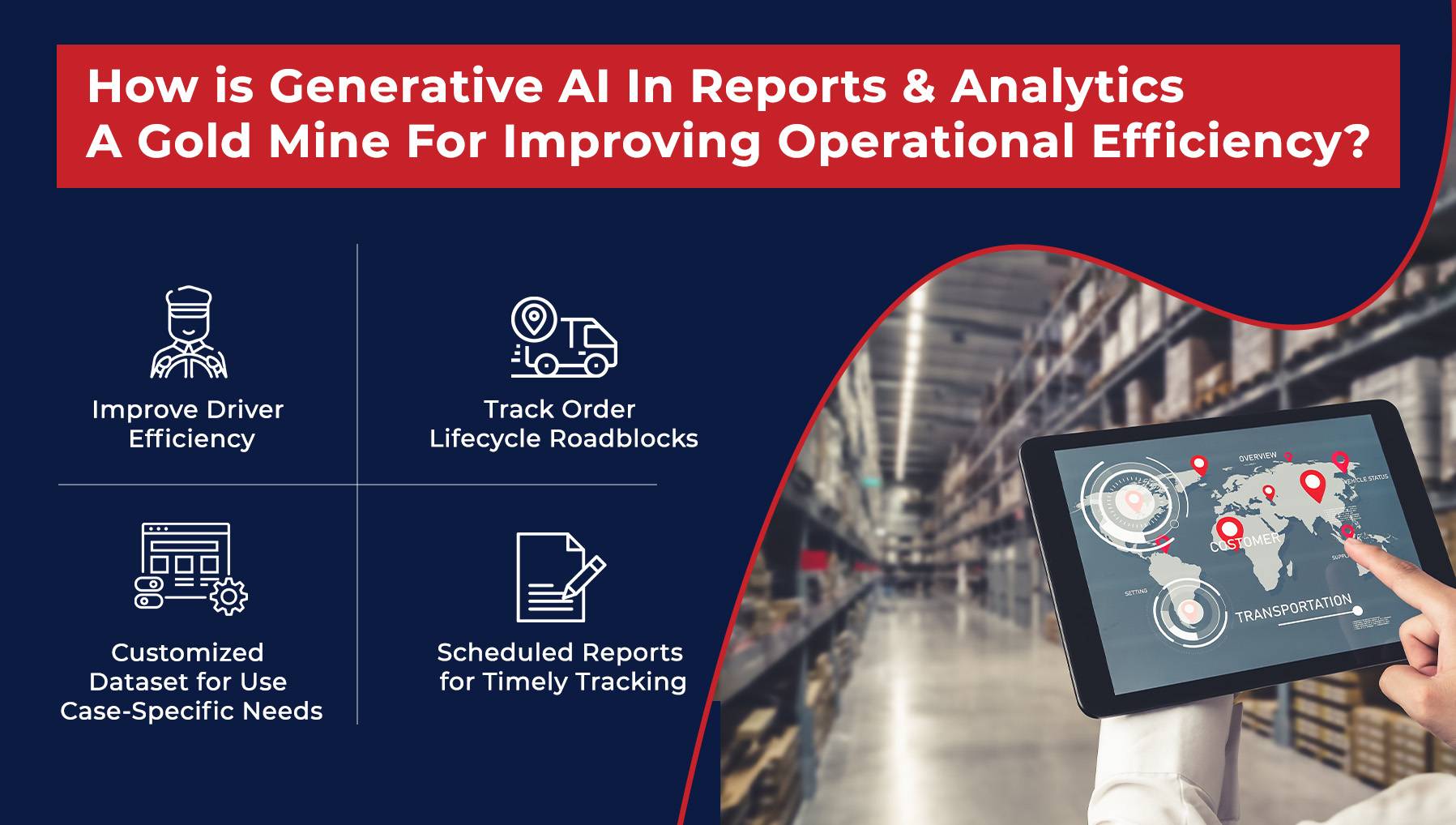
Improve Driver Efficiency
One of the key challenges in logistics is ensuring optimal efficiency in driver routes and schedules. Generative AI algorithms analyze vast amounts of data including traffic patterns, weather conditions, and delivery schedules to generate optimized routes in real-time. By providing drivers with the most efficient routes, companies can reduce fuel consumption, minimize delivery times, and enhance overall driver productivity.
AI-driven supply chains can cut costs by 15%
Quick Read: Logistics Route Optimization Using Machine Learning
Track Order Lifecycle Roadblocks
In the complex network of supply chain operations, tracking the lifecycle of orders is crucial for timely delivery. Generative AI-powered analytics platforms offer real-time monitoring capabilities, allowing companies to identify and address potential roadblocks in the order lifecycle. Whether it’s inventory shortages, transportation delays, or production issues, these insights enable proactive decision-making, minimizing disruptions and ensuring seamless order fulfillment.
AI-driven supply chains can improve efficiency by 65%
Customized Dataset for Use Case-Specific Needs
One of the significant advantages of Generative AI in reports and analytics is its ability to create customized datasets tailored to specific use cases. By integrating data from various sources such as IoT devices, ERP systems, and historical records, these platforms can provide actionable insights that align with the unique requirements of logistics and supply chain operations. Whether it’s demand forecasting, inventory management, or route optimization, companies can leverage tailored datasets to drive informed decision-making and achieve operational excellence.
Maximize ROI: Generative AI in Supply Chain Visibility Software
Scheduled Reports for Timely Tracking
Timely access to relevant information is essential for effective decision-making in logistics and supply chain management. Generative AI-powered analytics platforms offer scheduled reporting functionalities, allowing stakeholders to receive timely updates on key performance indicators, delivery status, and operational metrics. Whether it’s daily performance summaries, weekly trend analysis, or monthly forecasts, scheduled reports ensure that decision-makers have access to the insights they need to drive continuous improvement and optimize resource allocation.
Don’t Miss: How Is Microsoft Changing Retail Business Dynamics Using Generative AI?
How is LogiNext using Generative AI to produce an overall analytics summary?
LogiNext offers detailed analytics on a daily, weekly, monthly, and yearly basis. It can be additionally filtered to view at a branch level or a shipper level. Some of the key metrics showcased are as follows-
Trip No.: The identifier number of a trip.
Actual Start Date: The date when the trip started.
Actual End Date: The date when the trip ended.
Tracking Distance: The total distance covered on the trip.
Planned Start Date: The planned date for starting the trip.
Planned End Date: The planned date for ending the trip.
Status: The current status of the trip.
Planned Distance: The total distance planned for the trip.
Cash to be Collected: The total amount of cash to be collected on the trip.
No. of Orders Attempted: The no. of orders attempted in the trip.
No. of Orders Delivered: The number of orders delivered on the trip.
Driver: The driver linked with the trip.
Vehicle: The vehicle linked with the trip’s driver.
Track Now: The user can see the trip tracking of any trip by clicking the Track Now button. The user will be redirected to the map view where all the points captured while the trip was in progress would be plotted.
Delivery Associate (DA) Analytics:

-DA Utilization
-DA Efficiency
-DA Compliance
Milestone Attempts:
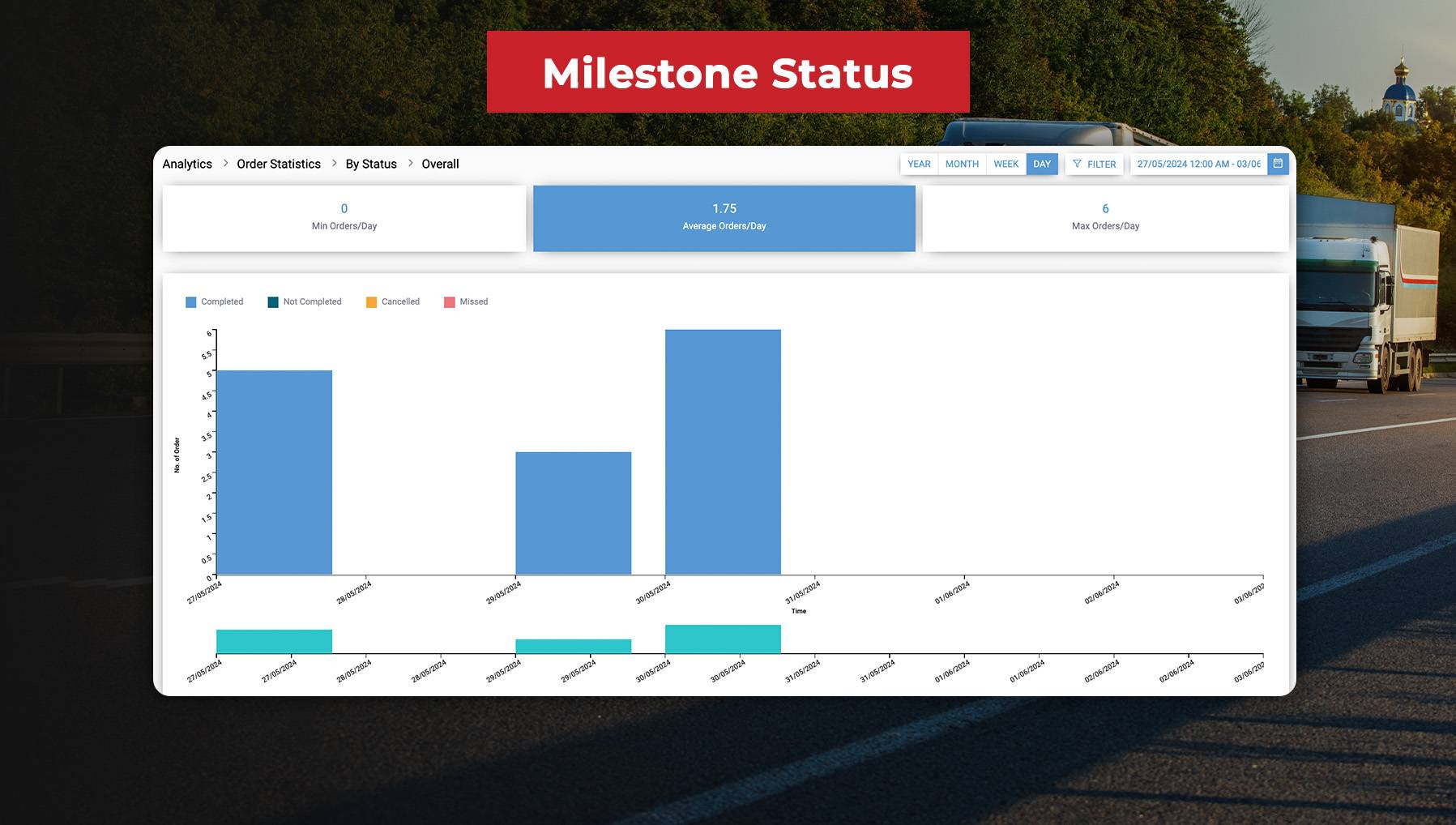
-Account Level
-Customer
-Branch Level
-Overall Attempts
Milestone Payments:
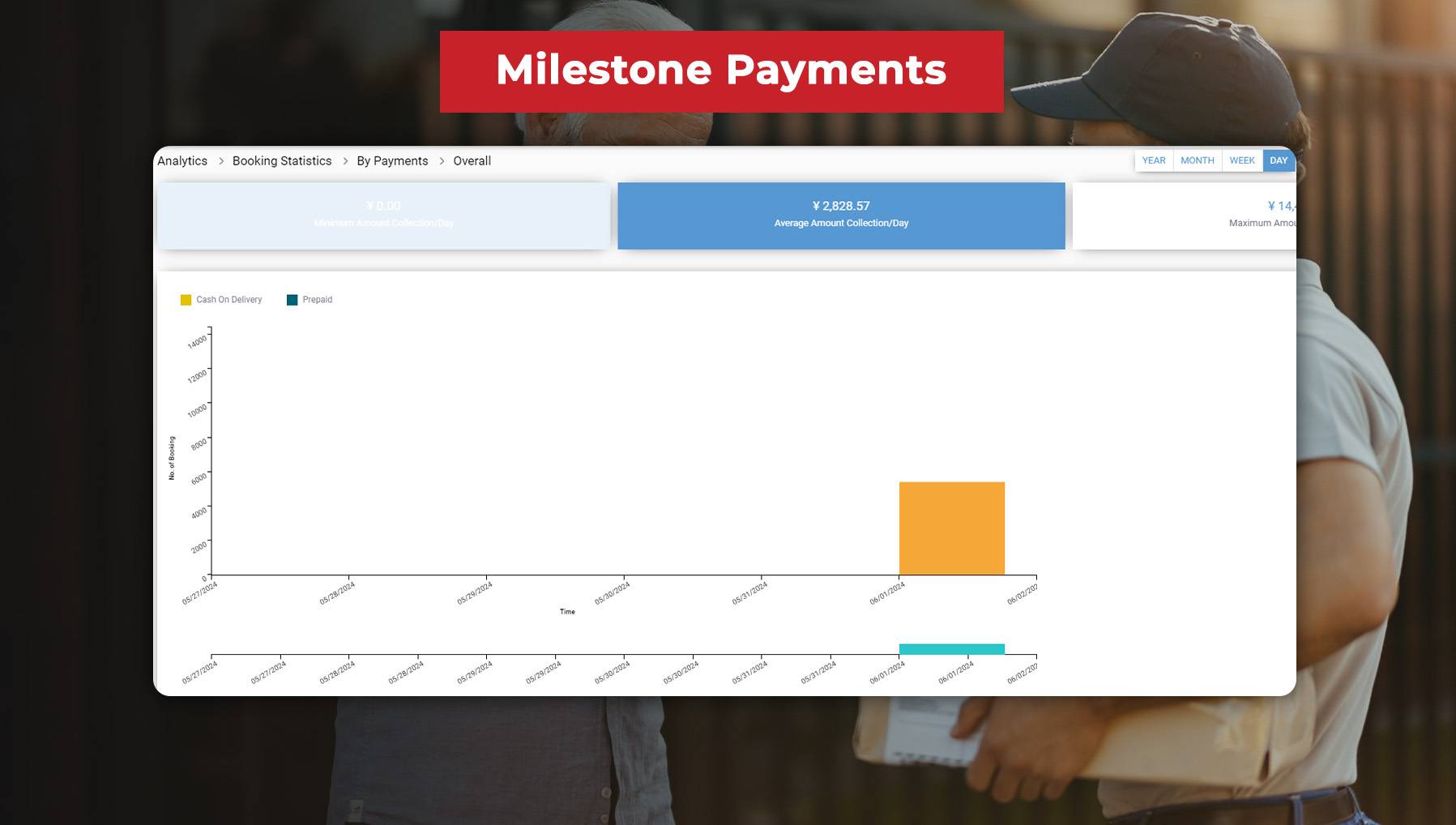
-Account Level
-Customer Level
-Overall Payments
-Branch Level
Service Time Analysis:
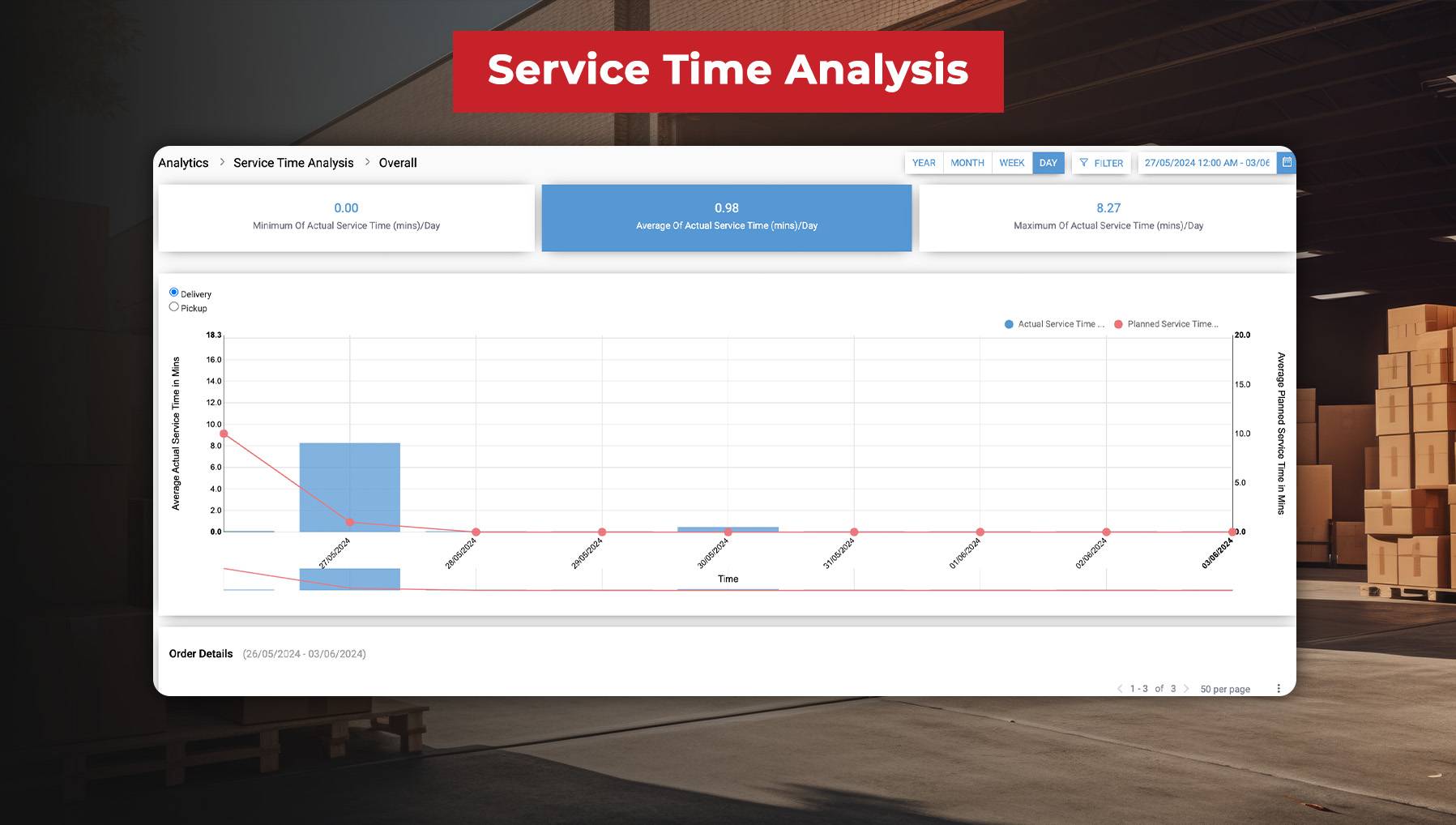
-Overall Analysis
-Customer
-Delivery Associate Level
-Delivery Type
Milestone Status:
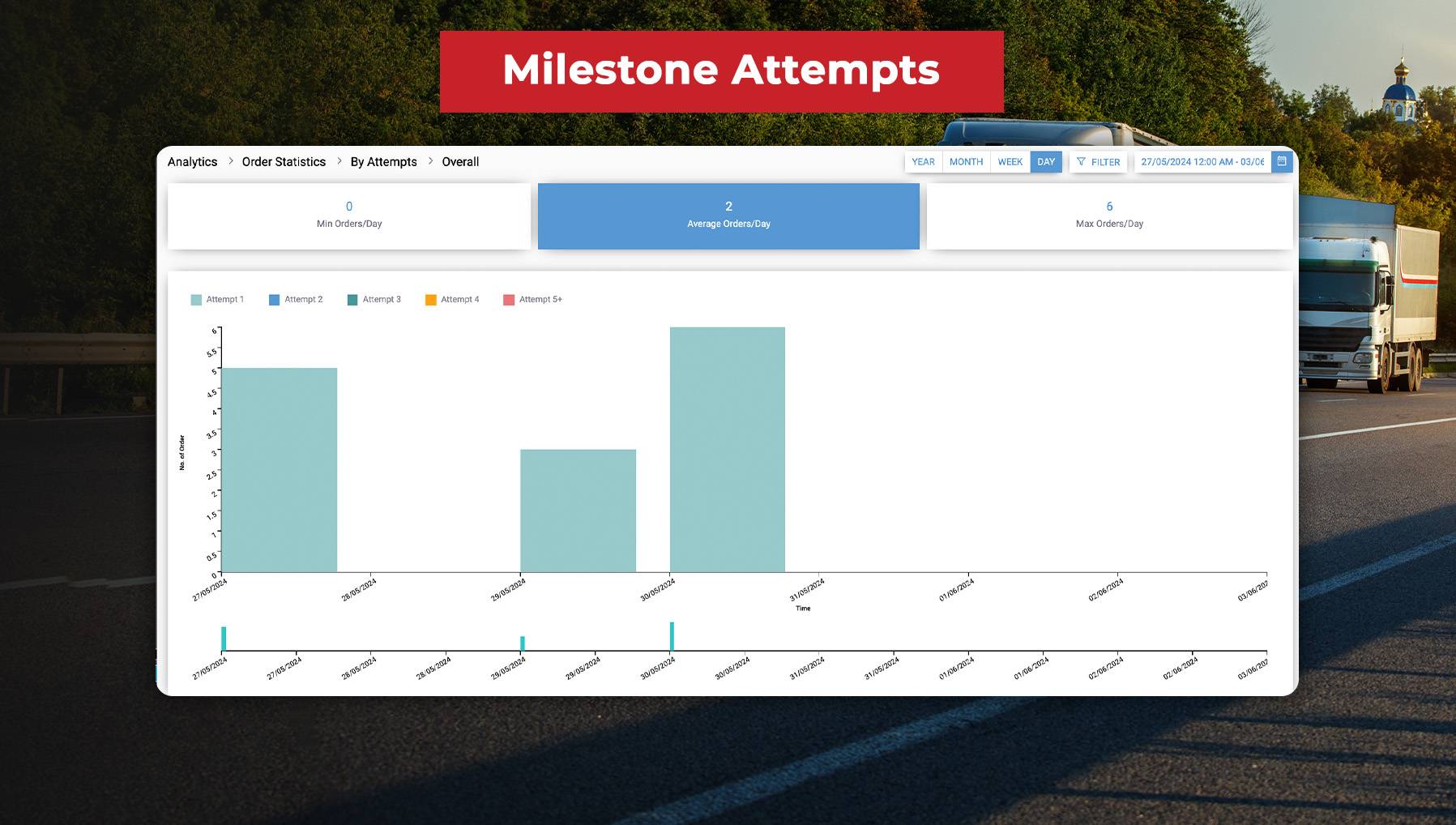
-Overall Status
-Customer
-Account Level
-Branch Level
Custom Forms
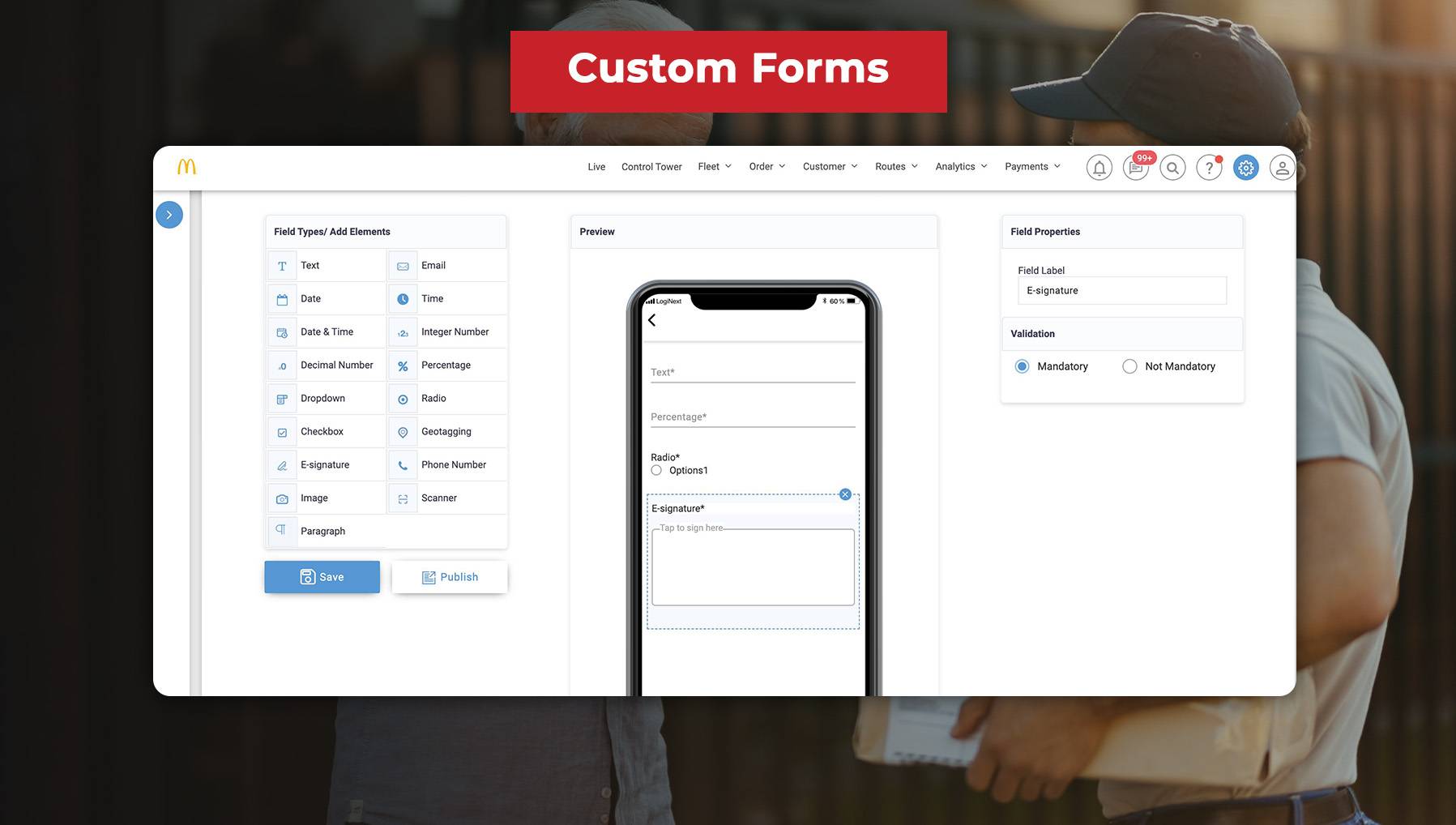
Custom Reports
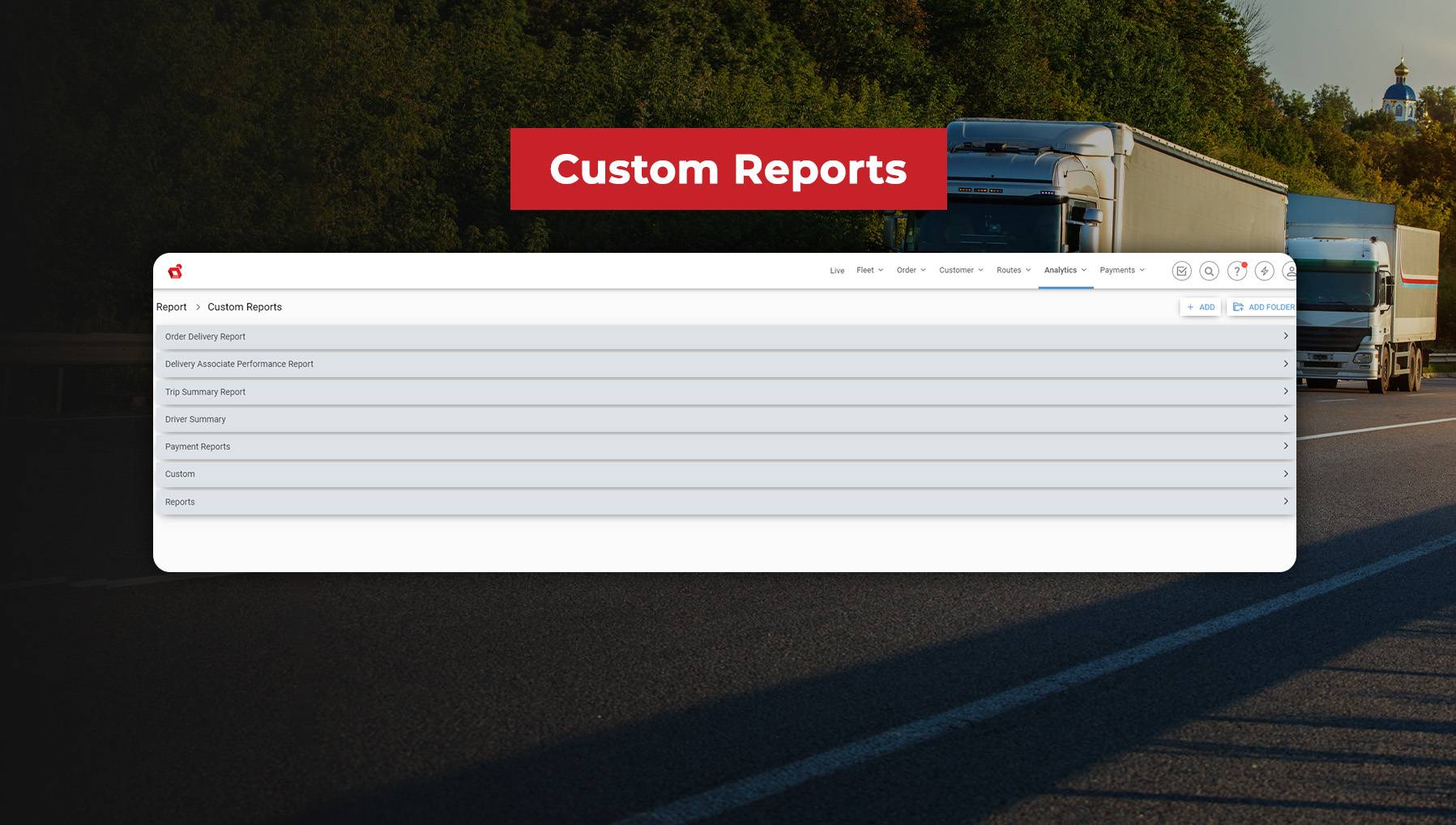
Auto Assignment Analysis
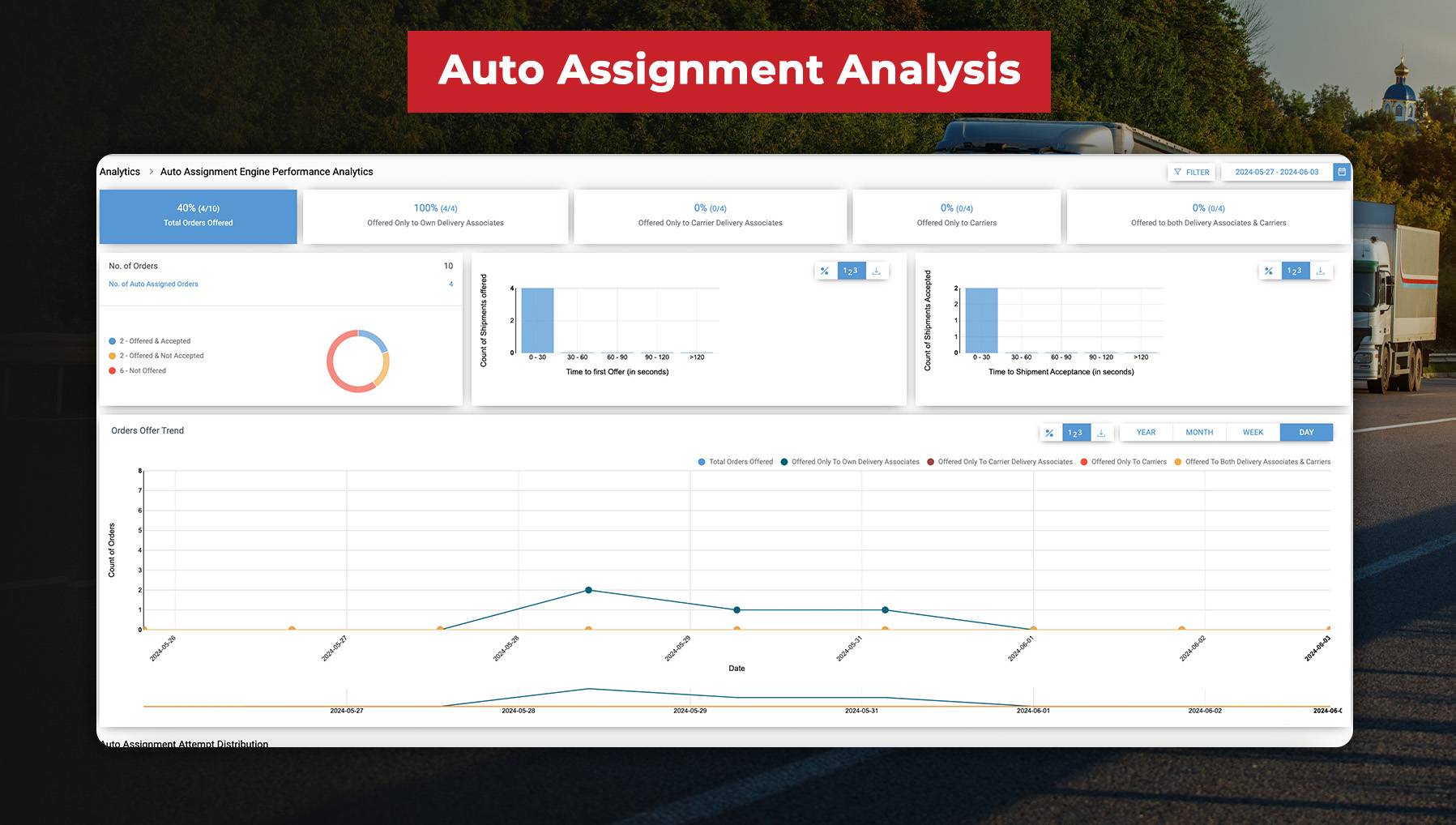
Customer Experience Summary
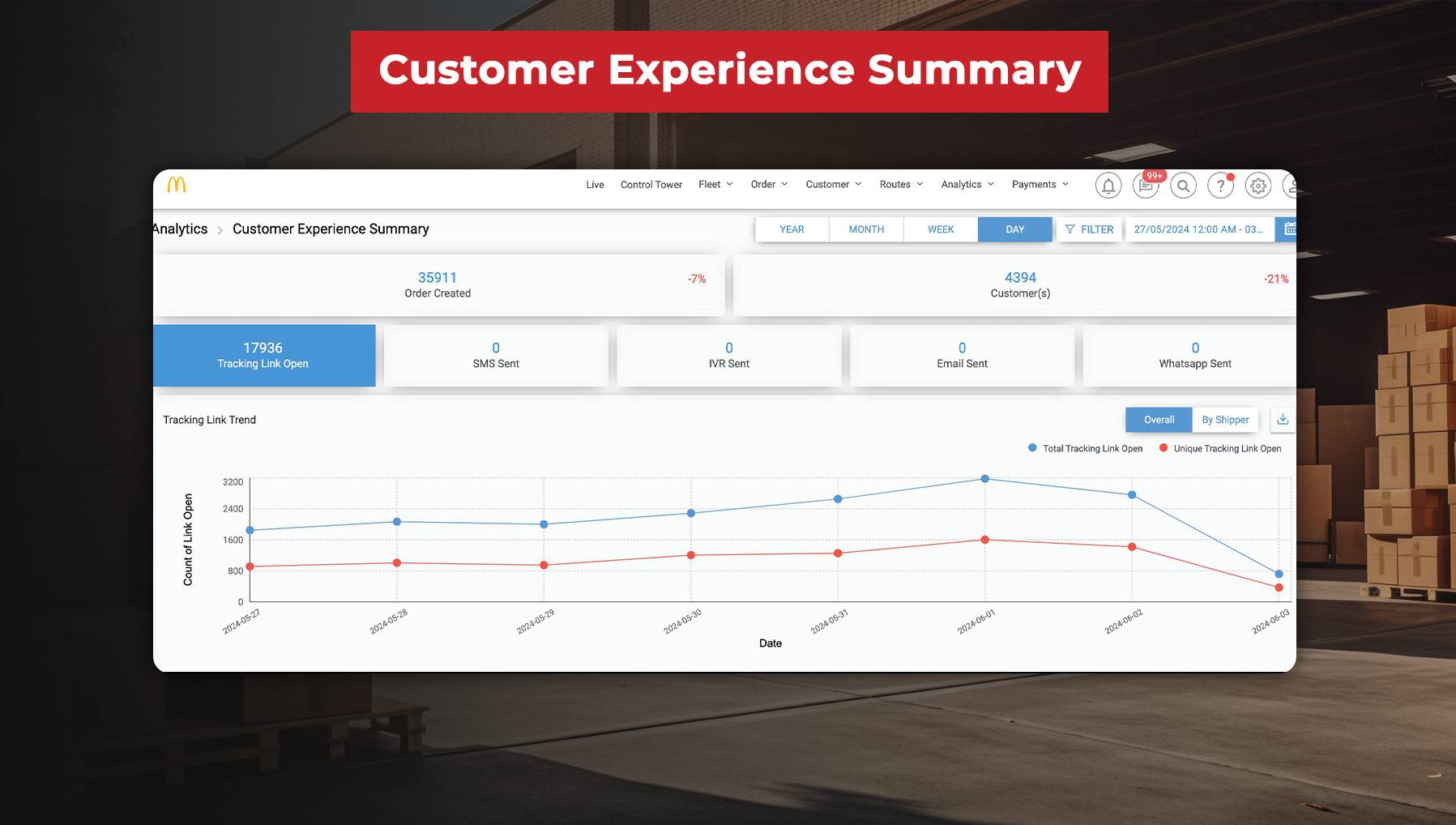
The power of Generative AI for reports and analytics in logistics and supply chain
Navigating the intricacies of delivery management data can be a daunting task for logistics professionals. However, with advanced technologies like Generative AI in reports and analytics, a solution like LogiNext improves efficiency and effectiveness. By harnessing the power of our platform, businesses can streamline their operations, optimize routes, and ensure timely deliveries without the stress and complexity of manual data analysis. Companies can confidently tackle the challenges of logistics and supply chain management, knowing they have a reliable one-step solution at their fingertips. Say goodbye to hair-pulling moments and hello to seamless delivery management with LogiNext.
40 1







Pingback: LogiNext-Blog | Role of Delivery Management Software Ensuring Timely Deliveries During Eid Al Fitr